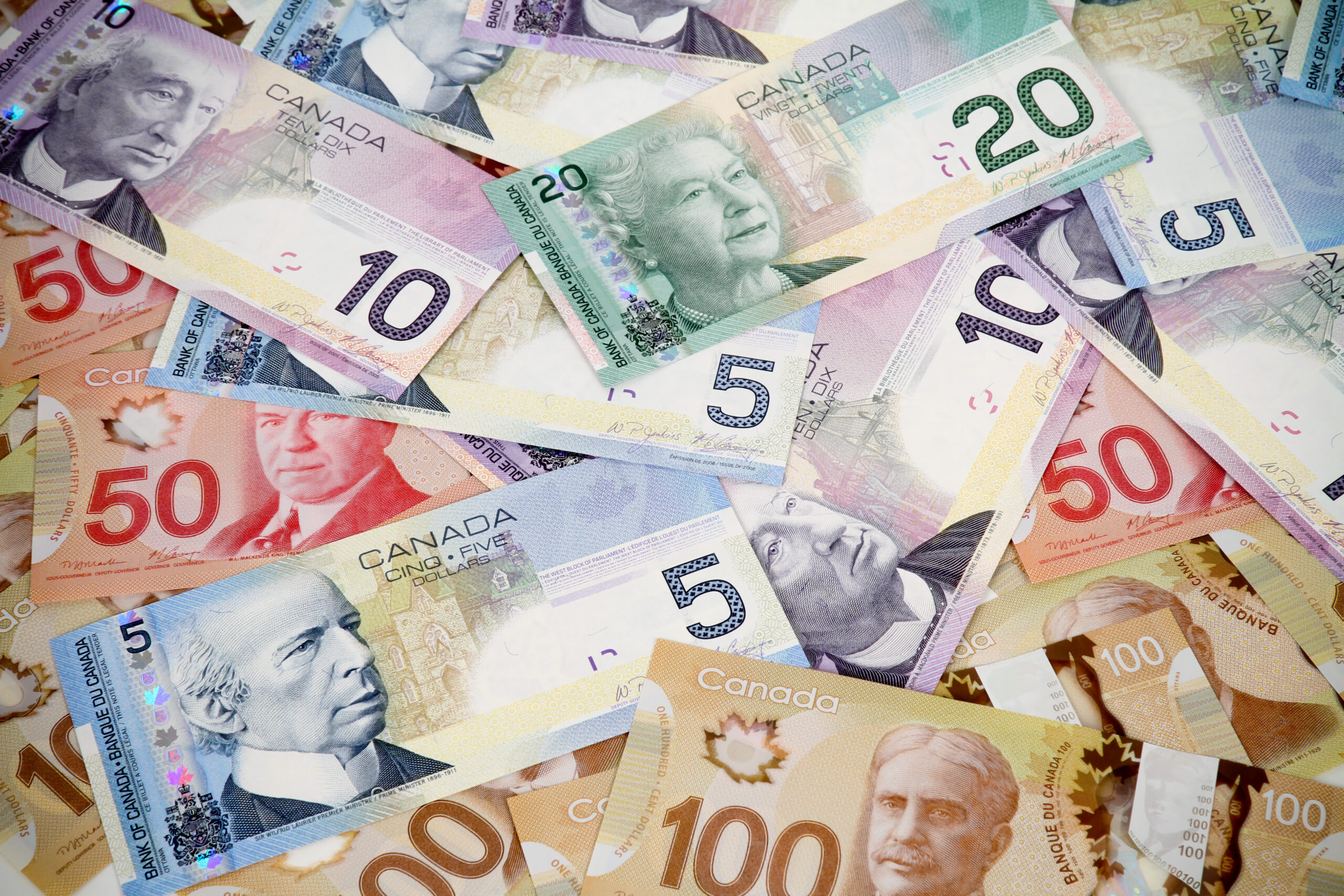
In particular, the wampum belt has become an enduring symbol of early Indigenous currency however, it wasn’t used as currency before theĪrrival of Europeans. Objects made of copper, precious metal, furs and other resources formed the basis of an early monetary system. Indigenous people in North America had been trading and bartering for goods and services long beforeĮuropean contact.

Officially backed by bullion ( see Gold Standard). Today, none of the major state currencies is By the turn of the 20th century, most states had taken over the issuance of paper money backed by bullion. During the 18thĪnd 19th centuries, European states established central banks to regulate their monetary systems. Goldsmiths issued paper bills backed by the gold in their vaults. The 17th-century development of goldsmith banking in Europe marked the transition to paper money. They had intrinsic value, were easily portable and divisible, and were indestructible. In many early societies gold and silver served as money. That represents labour, while others (e.g., monetarists) emphasize that the most important characteristic of money is its acceptability as a means of exchange ( see Monetary Policy). Marxists) stress that money must have intrinsic value (e.g., gold or silver)

Interdependent, although some theorists (e.g., Keynesians, Money has at least three functions: it serves as a medium of exchange a measure by which prices, debts and wages are expressed and a store of value.

Previous Next Beginnings of the Currency System


 0 kommentar(er)
0 kommentar(er)
